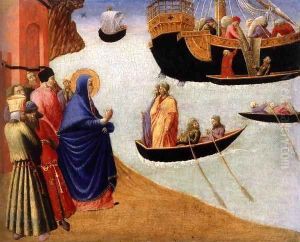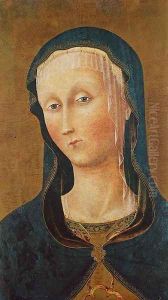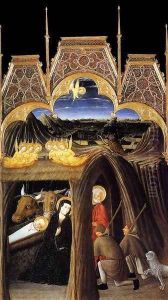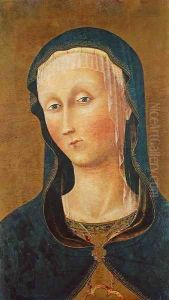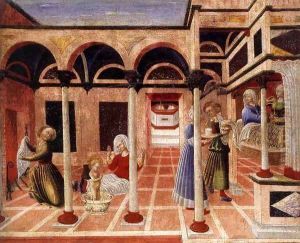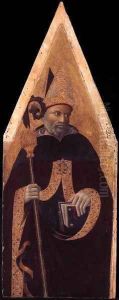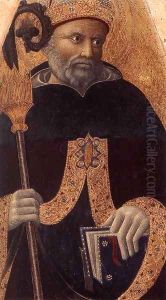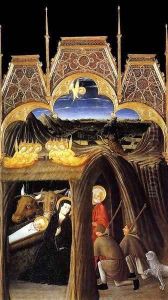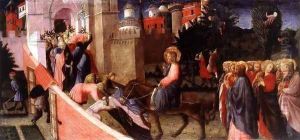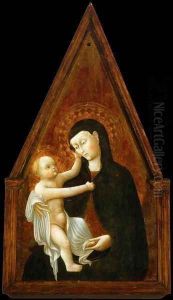Pietro di Giovanni D`Ambrogio Paintings
Pietro di Giovanni d'Ambrogio was an Italian painter of the early Renaissance, active mainly in his hometown of Siena. Born around the year 1400, Pietro's life and career were deeply intertwined with the artistic and cultural developments of the 15th century in Siena, a period marked by the transition from Gothic to Renaissance art. Pietro was known for his devout religious paintings, which are characterized by their intense emotionality and detailed depiction of sacred subjects. His style bridges the gap between the medieval traditions of Sienese painting and the emerging Renaissance emphasis on perspective, human anatomy, and the natural world.
Despite the lack of comprehensive records about his life, Pietro di Giovanni d'Ambrogio is documented to have been active between the 1420s and his death in 1449. His works are noted for their vivid color palette, elegant figures, and the delicate treatment of light and shade, elements that hint at the nascent Renaissance style while remaining deeply rooted in the Gothic tradition. He was particularly adept at fresco painting, a skill that made him a sought-after artist for decorating the walls of churches and public buildings in Siena and its surroundings.
One of Pietro's most significant contributions to the art world was his ability to convey deep religious fervor and humanity in his paintings. His representations of the Madonna and Child, saints, and biblical scenes are celebrated for their emotional depth and spiritual intensity. These qualities endeared him to a clientele that sought to reinforce religious devotion through art during a period of significant social and theological transformation in Italy.
Pietro di Giovanni d'Ambrogio's legacy is preserved in several churches and museums in Siena, where his frescoes and panel paintings continue to be admired for their beauty and devotional impact. While he may not be as widely recognized as some of his contemporaries like Masaccio or Fra Angelico, Pietro's work remains an important testament to the artistic transitions of his time, capturing the essence of Sienese painting at the cusp of the Renaissance. His death in 1449 marked the end of a career that significantly contributed to the evolution of Italian art, leaving behind a body of work that continues to inspire admiration for its blend of medieval devotion and Renaissance innovation.
